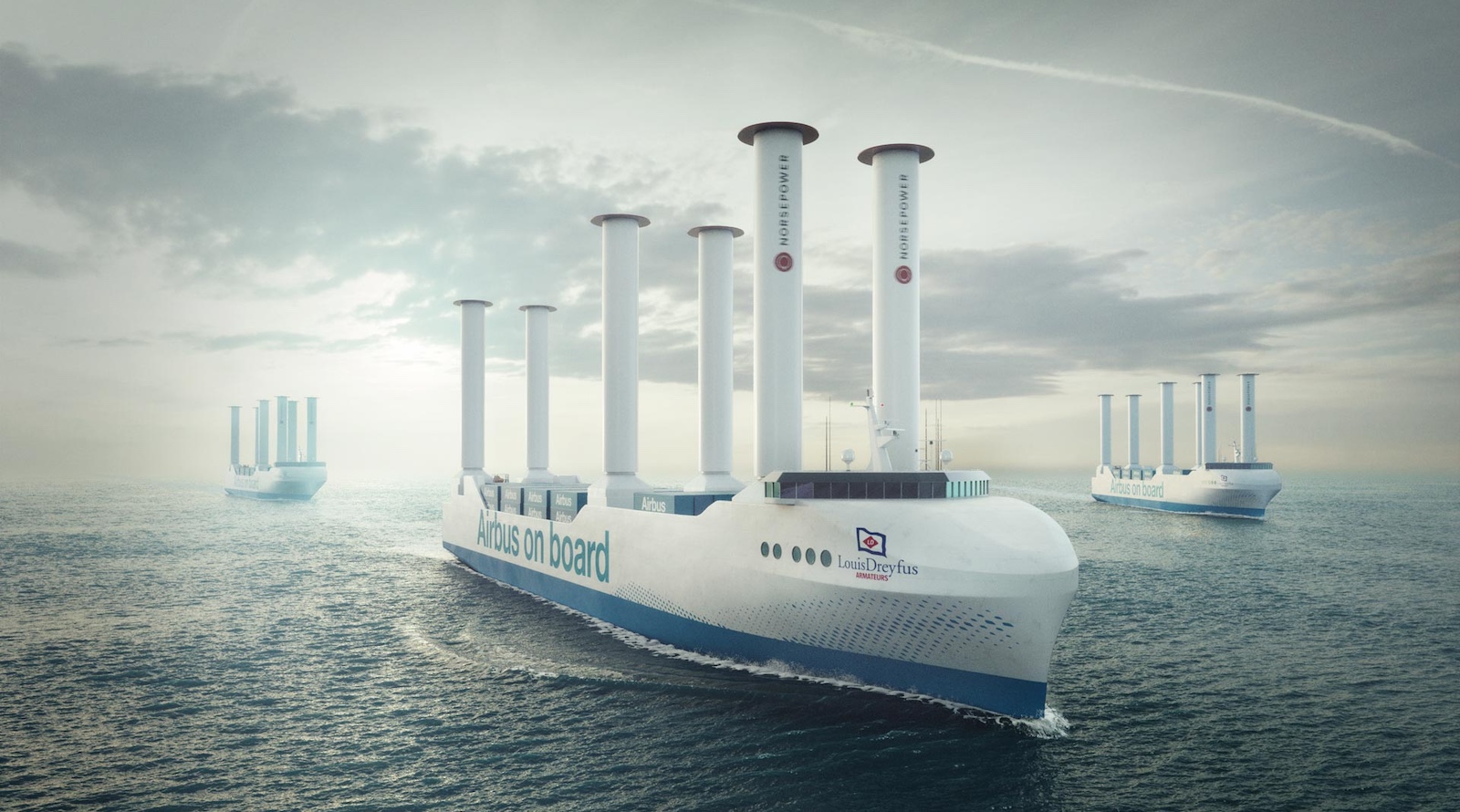Sign up for daily news updates from CleanTechnica on email. Or follow us on Google News!
If you’re just learning about this story, that title might confuse you, so let me catch you up in this first paragraph. The European Union concluded that electric cars produced in China have received too many government subsidies that make them artificially cheap and overly competitive with domestically produced electric vehicles in Europe. As such, they decided to impose extra tariffs on these EVs (on top of the 10% import tariffs already in place for automobiles). A couple months ago, the EU decided to impose a 20.8% tariff on most EVs produced in China, but with some different figures for certain automakers (BYD: 17.4%; Geely: 19.9%; SAIC: 37.6%) and 37.6% for automakers that didn’t comply with the EU’s investigation. However, those were not the final numbers — the tariffs were going to be finalized in coming months. Now they are, and the numbers have been adjusted for a handful of companies upon their appeals.
The biggest winner in the update has to be Tesla. It has had its tariff reduced from 20.8% to 9% (19% if you add in the base electric vehicle tariff of 10%). The other specific company adjustments were as follows:
- BYD went from 17.4% to 17%
- Geely went from 19.9% to 19.3%
- SAIC from 37.6% to 36.3%.
Incidentally, the generic tariff for other Chinese EV producers went up from 20.8% to 21.3%. Also, companies that didn’t cooperate with the EU at all are now facing an extra 36.3% tariff rather than a 37.6% tariff.
Again, all of these tariffs are on top of the usual, or base, 10% import duty on imported battery electric vehicles.
To be clear, the appeals are based on these automakers arguing that they received less in subsidy from the Chinese government than the EU initially concluded. And the European Commission then made this “slight adjustment of the proposed duty rates based on substantiated comments on the provisional measures.” In the case of Tesla, it’s not really a slight adjustment, but I think it was always assumed Tesla would get a much bigger cut from the general tariff rate once the European Commission concluded its investigation into this because it’s been assumed Tesla hasn’t received the same level of support as natively Chinese EV producers (EV producers founded and headquartered in China). Still, a 10.8 percentage point reduction is big.
The European Commission explained Tesla’s reduction briefly in its main press release about the adjustments, and also a little further in a Q&A press release. The quote from the latter is as follows:
Why did Tesla receive an individual duty rate?
As announced at the provisional measures stage, Tesla submitted a substantiated request for an “individual examination” to determine its duty level based on the specific subsidies it received.
This request has been under thorough examination and the assessment of the level of subsidies received is reflected in the duty levels at the definitive stage.
The Commission verified the information during the verification visit in China and conducted the same checks as of the other sampled Chinese exporting producers.
Any differences in duty levels reflect the varying levels of subsidization among the different schemes, which were affected by various elements, such as the level of cooperation and the different organizational structures in areas like financing.
As a final note on Tesla itself, some may be asking, doesn’t Tesla have a factory in Germany? Yes, it does, but it doesn’t produce the Model 3 there. The Model Y is produced there for the European market, but the Model 3 is imported from China.
Notably, EV registrations from Chinese producers dropped 39% from June to July, following the arrival of tariffs. Importantly, though, the decision was made “not to retroactively collect countervailing duties.” So, anyone concerned about those can breathe a sigh of relief. More of an explanation on that can be found here.
Finally, note that the “definitive regulation” has not yet been made. That is due by October 30, 2024. However, that’s more of an official process matter and these should be the final figures. I think.
Have a tip for CleanTechnica? Want to advertise? Want to suggest a guest for our CleanTech Talk podcast? Contact us here.
Latest CleanTechnica.TV Videos
CleanTechnica uses affiliate links. See our policy here.
CleanTechnica’s Comment Policy





